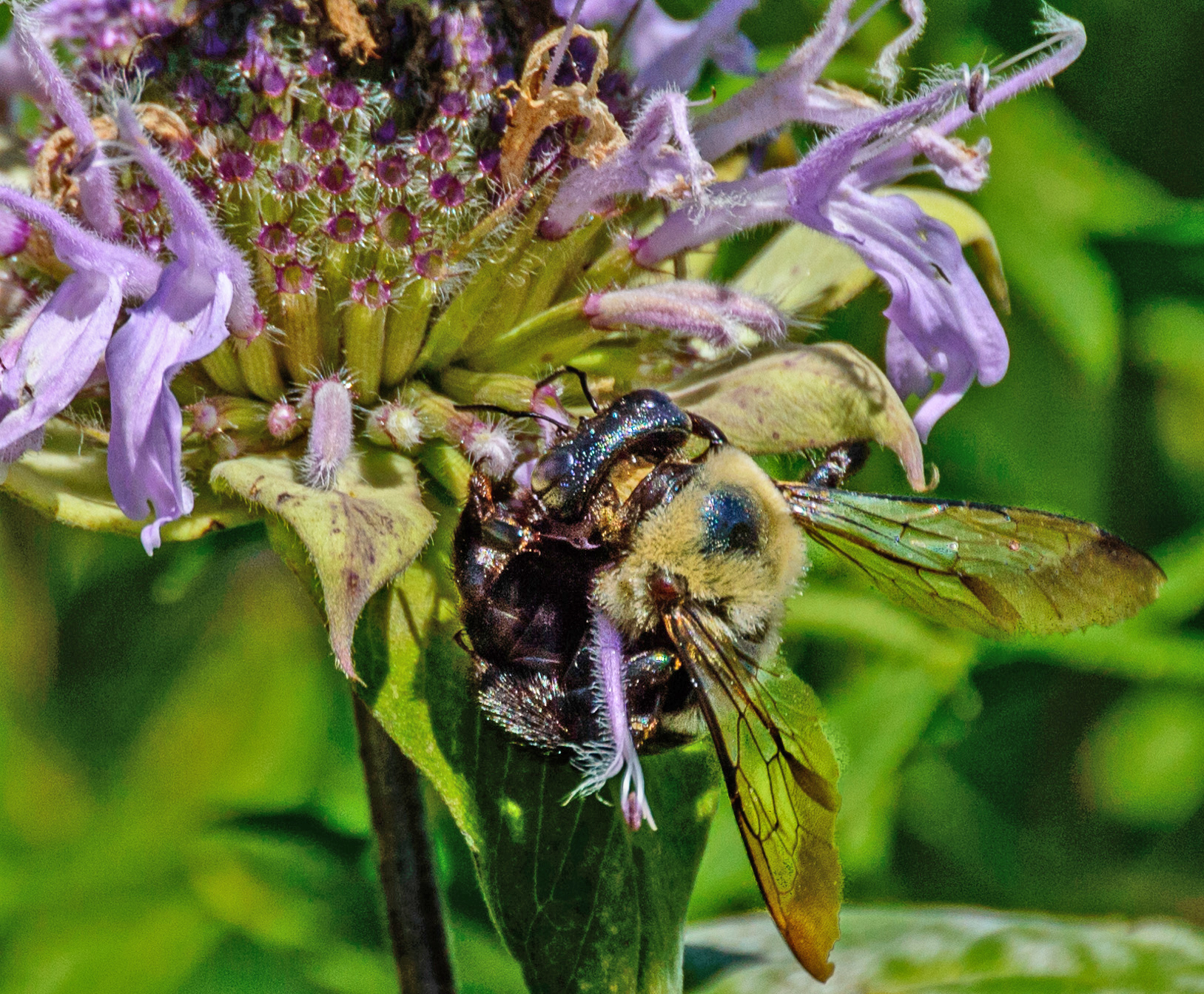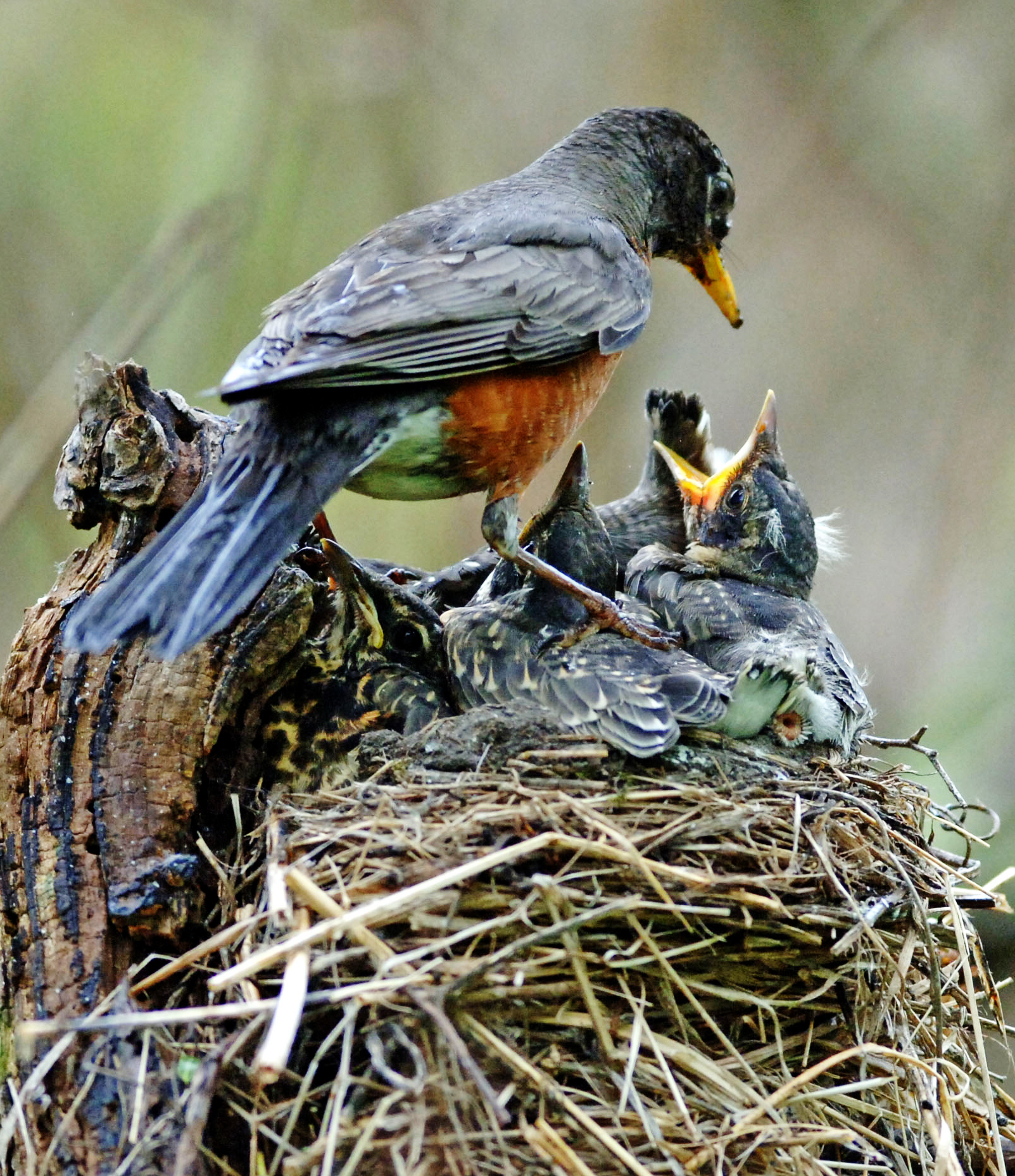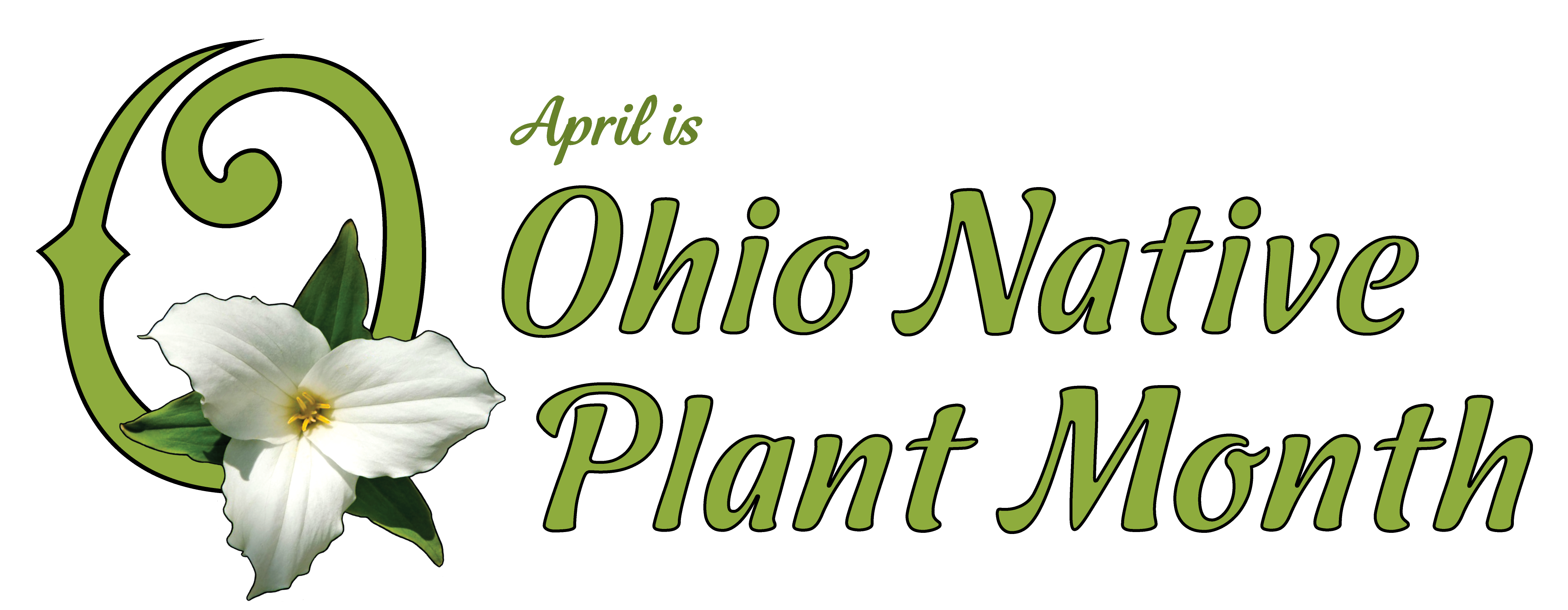Cindy Maravich
Inniswood Metro Gardens Senior Environmental Educator
On July 18, 2019, Ohio Governor Mike Dewine signed House Bill 59 of the 133 General Assembly into law, making Ohio one of the first states in the country to have an entire month dedicated to our native plants. This is exciting because it helps to elevate the importance of plants in our state. In particular, it helps to promote the plants that are best suited to live in this state and this region of the United States. Officially, Ohio native plants are the types of plants that were present in Ohio prior to European settlement. They were not brought here after that time or from other regions of the world by people.
As an Ohio native myself, I am quite adapted to the climate and culture here in Ohio. Plants are the same. As a native to the areas where they live, plants are better able to adapt to local soils, temperature and precipitation. Many times, native plants require less supplemental water, nutrients and maintenance which can help to conserve resources. Beyond the plant management positives, native plants are huge support for birds, insects and wildlife.
Local and migratory bird populations rely on plants as a primary food and shelter source. Our backyard feeders could never be enough to sustain these important seed spreaders. Berry yielding plants provide added energy for birds in cooler months and during migratory seasons when birds are flying far distances. Our native poison ivy plants provide berries in the fall and red buckeye trees offer spring blooms full of nectar for migratory red throated hummingbirds. In early spring and summer, birds in Ohio will begin to build nests and will need food for their young. Our native trees provide the most diversity and numbers of caterpillars for baby birds. This provides an additional food source for generations of birds.

Native plants are not only beneficial for the thousands of caterpillar species that eat their leaves, but they are also vital for many bees, wasps, flies, and beetles. For example, several types of mining bees are specialists of native goldenrod and aster plants. Specialist bees will only feed on and collect pollen from a narrow range of plants. Some of these bees even have special structures on their bodies that only hold the size and shape of the pollen grains of very specific plants. Because these bees are native, solitary bees, they’ve adapted to relying on native plants for their survival.
Native oak and beech trees provide an abundance of high protein seeds for squirrels, chipmunks, raccoons, woodpeckers, fox, and wild turkeys to eat. Not only do native trees provide food, but they also help to provide places for wildlife to hide and nest. Native species of eastern redcedar provide fleshy cones for food, but because it keeps its leaves all year long, it becomes a perfect tree for birds and other wildlife to hide out from predators. Serviceberry, American redbud and buttonbush are all examples of smaller trees that provide food and shelter for spring wildlife. Plus, they are quite stunning in a landscape.

Help us celebrate Ohio Native Plant Month by visiting the gardens. The best places to view native plants at Inniswood Metro Gardens are in the Sisters’ Garden, along the Spring Run and Boardwalk trails and at the Prairie Garden. Along with the numerous opportunities offered in the Metro Parks surrounding Earth Day, Inniswood will be celebrating native plants with a Top 10 Native Plants for Spring presentation on April 25th and a fun, family-friendly, Children’s Garden Day on April 26th.

